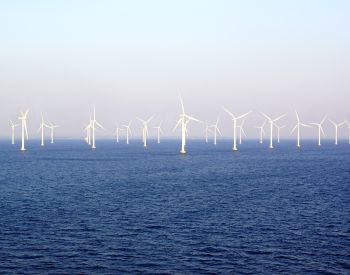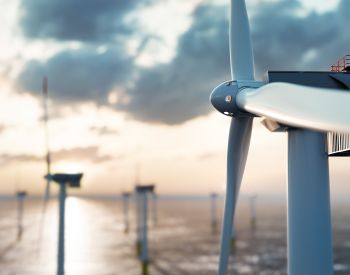Client
Fistuca
Asset
Offshore wind technology - BLUE Pilings
Location
Netherlands
This study was performed by Vysus’ Engineering Dynamics team
Overview
Our client, Fistuca, is a young, dynamic and ambitious company that started as a spin-off from the faculty of Mechanical Engineering at the Eindhoven University of Technology (TU/e). Since 2008, Fistuca has designed and built innovative equipment for the foundation industry. In 2011, Fistuca started the development of its BLUE Piling Technology for driving large piles in the offshore industry.
The background to the project
Underwater noise is a big issue when installing offshore wind farms as turbine foundations are mostly undertaken via pile driving using hydraulic hammers. These hammers typically consist of a steel ram, weighing around 150-200 tonnes, which impacts the pile top to drive it down.
Unlike conventional hydraulic hammers, Fistuca's ground-breaking BLUE Hammer Technology uses the acceleration of a water column by combustion of a gas mixture to drive the pile into the ground. A combustion cycle pushes the water column in the air after which it falls back on the pile, delivering a second blow.In addition to having a natural low-noise advantage, the process of the water column's combustion and re-bounce is relatively slow and has far less impact on the monopile, meaning less material stress.
This gentler pile driving method could therefore result in a longer lifetime for the foundation, and the possibility of driving a pile with secondary steel attached. Any offshore foundation installation technology that can both reduce the noise at source as well as extend asset life has huge game-changing potential for the industry, and the computer modelling of the prototype had suggested promising results.
In order to progress the technology towards mainstream development, Fistuca needed to test and validate their assumptions in order to prove that the BLUE Hammer could meet the most stringent noise pollution regulations, which are currently in Germany.
How Vysus Group helped
Fistuca asked our Engineering Dynamics team to help with assessing the underwater noise. The team used their expertise to assess and combine scaled input test data and pressure calculations, with a carefully adapted vibro-acoustic model, and performed numerical simulations of the expected underwater noise from the prototype device during operation.
Outcome for the client
According to our simulations, the BLUE Hammer technology has the potential to produce far less noise than the current and widely used method of hydraulic hammers. Our model is not only a valuable prediction tool, which will continue to improve as the client gathers more offshore data, but also has tremendous relevance for the utility companies Fistuca are seeking to work with, as they need to have a high degree of confidence in underwater noise propagation predictions.
This project was carried out by Lloyd’s Register (LR) Energy, prior to the strategic carve out of the LR Energy business in 2020, which is now Vysus Group.
Related Services

